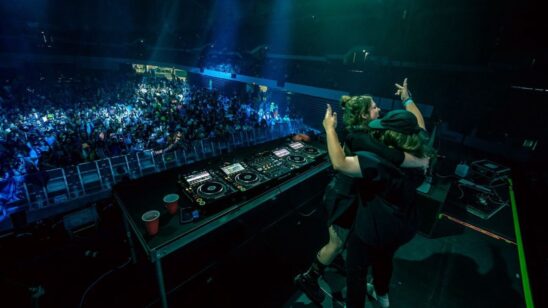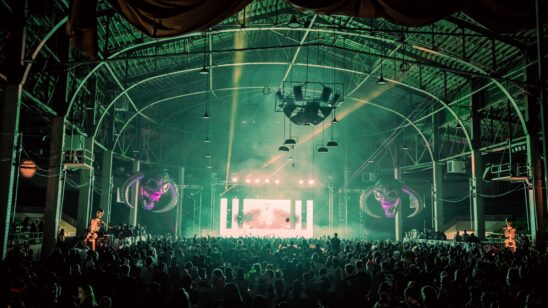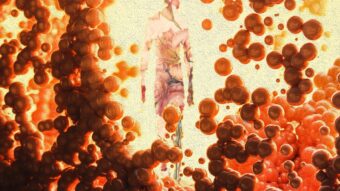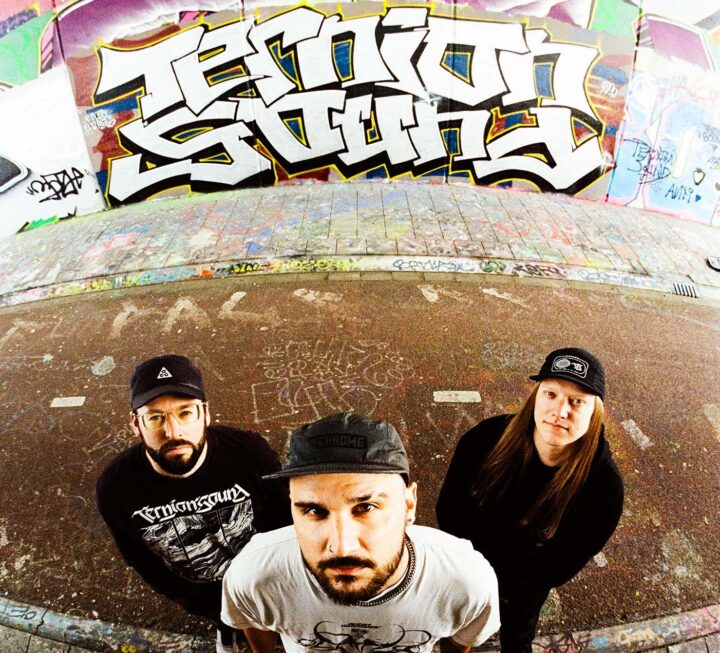
MP3 TOURS — Ternion Sound’s Black Box Residency (Q&A)
There are few acts in the North American’s underground scene that represent the roots of rave culture the way Ternion Sound does. And, there are few venues that represent the purity of old school dubstep with the sheere velocity that Denver’s iconic Black Box music venue does.
Put simply — Ternion Sound and The Black Box are a match made in heaven. The trio has a residency at The Black Box, and they’re coming back on August 31 to play a special open-to-close set (5 hours) for the second time this year. If you want to know what the North America’s underground dance music culture is all about, this is a show you shouldn’t miss.
To celebrate, MP3 MAG sat down with the Ternion Sound boys to talk about the evolution of rave culture in North America, the beauty of The Black Box’s minimalist approach to production, and Denver’s incredible rave community. Check out the conversation, below.
To purchase tickets, visit blackboxdenver.co/events/ternion-sound-aug31.
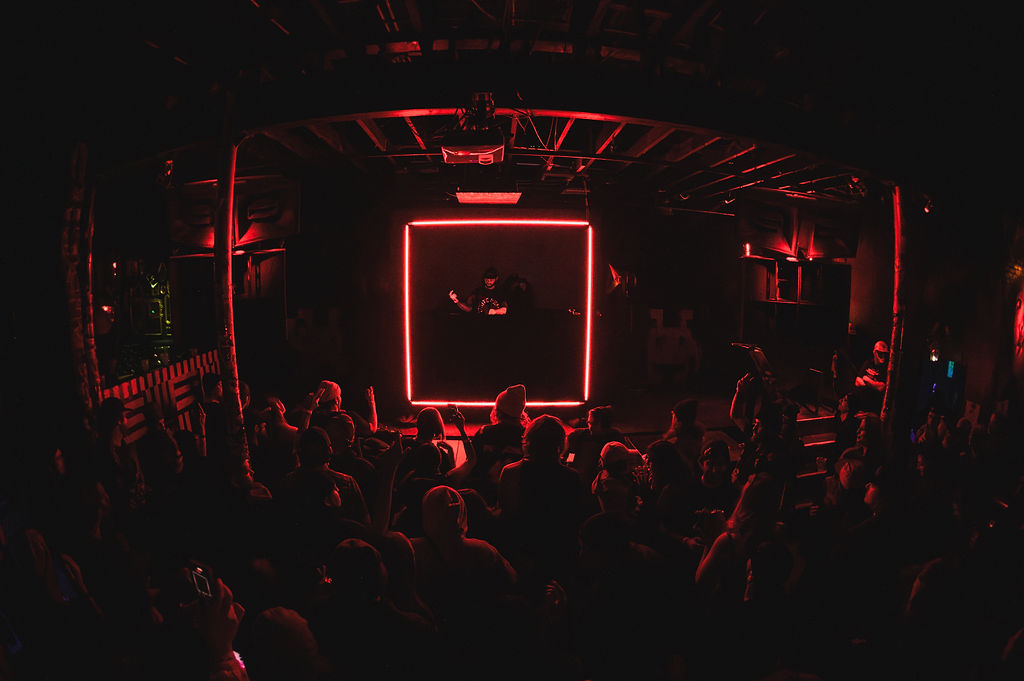
Ternion Sound is a group that, in many ways, is viewed as a true-to-form rave music trio. Especially with your last album, Digital Artifice, you can feel that rave culture runs through your veins. Obviously, rave culture has evolved throughout the past 20 years, so I want to know: What’s your relationship like with the current state of rave culture in the US?
Jack: Frankly I feel like we’re all quite removed from rave and club culture despite our efforts to integrate Dubstep into it!
To my mind there are 3 distinct aesthetics for organizing shows in electronic music right now: concerts, clubs, and raves. Most of bass music is oriented around concerts; the shows are in theaters or stadiums or rock bars, the focus is on the stage, visuals, LED shows, and the performers are giving you a semi-rehearsed performance.
Clubs are places where more of the focus is on dancing, getting immersed in the sound, partying with your friends, and more broadly just the vibe and atmosphere of the event. There’s usually less focus on a headliner — clubbers are just going out to hear good music and dance.
Raves are usually DIY; they go late night until the early morning and aren’t held in typical venues. Because of all of that, raves are often somewhat illegal. When you go to a rave, you’re going to a party, and they usually have names and aesthetic themes. A rave I went to back in 2006 was called “Elem3ntal” and it was a blacklight party — all of the deco was white, there was lots of black lights, and you’d get cheaper entry for wearing an all white outfit. At a party like that, you’re going because you want to go to Elem3ntal, not necessarily just because you want to see one of the headlining acts. I think the closest thing we have to this in bass music now is festivals like Infrasound.
I’d like to bring more of that back to the bass music scene. Dubstep came out of UKG which was very much “club” music, and I think Dubstep has had its own unique atmosphere that doesn’t neatly fit into any of those 3 categories, but in my mind it’s closest to the rave. Long all night parties, big lineups where you want to stay from beginning to end, dark/decaying/industrial urban environments like warehouses and basements, and loud as fuck sound that keeps people locked in and immersed instead of talking and being distracted.
This all gets reflected in the music too. When you’re writing music you’re always writing it for an intended environment and audience, and we’re always writing for that space specifically. It doesn’t always work in a big concert hall, theater, or rock club.
It seems like you’re really tapping into old school rave culture with your Black Box residency — which features an open-to-close Ternion Sound set. Playing a 5-hour set isn’t something everybody can pull off… so, how do you do it? What’s your approach to curating 5 hours of music in a way that’s intriguing and engaging?
Aric: Since there are 3 of us, we are able to break up 5 hours into a number of individual sections before coming together as 3 for the later portion of the night. This way we each get some break time, and we get to enjoy listening to what the other guys are really enjoying at the moment. We always begin the night with slower tempos and gradually get faster as the set progresses. Our DJ selections have evolved a lot over the last few years, so having extended/all night sets allows us to spend more time blendings each style without being rushed.
Jack: An open-to-close set is a big opportunity for us to present the wide range of influences and styles we take into the fold when we’re creating the Ternion “Sound.” For us, Dubstep has always been a melting pot, especially in the early days. You had guys coming over from Jungle, DnB, Techno, UKG, House, Dub, IDM, Abstract Hip-Hop, even more extreme genres like Gabber and Breakcore (where I got my start personally).
People took influence from all of these places and blended it together around the tempo and pace of Dubstep. Ironically, Dubstep has always been the black sheep of rave music — it was rejected early on for being too boring and slow, and it was rejected later on for being the primary commercializing force of electronic music in the 2010s. But regardless, it exists in the tradition of the musics it was built on, and we want to highlight that history and progression. It’s really easy to come up with a lot of music to play if you have that wide of a net to throw out. As long as it’s made for the sound system, bass heavy, percussive, rhythmically interesting, and just a little bit on the darker atmospheric side, it sits well with us.
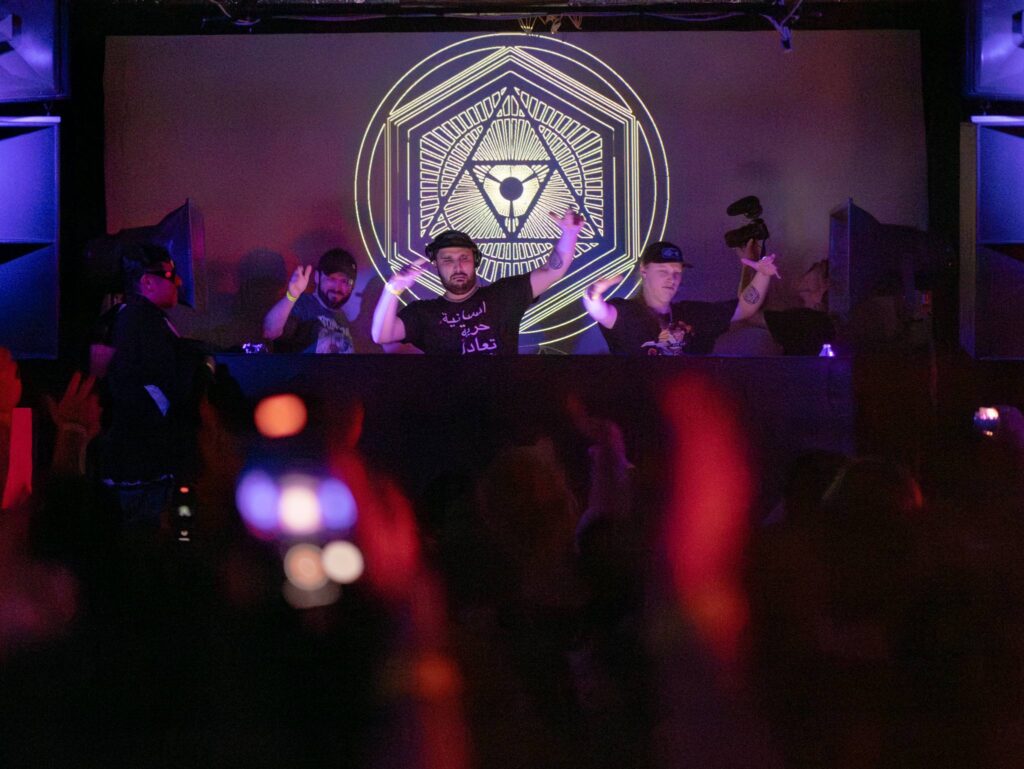
What is it about The Black Box that lends itself to this kind of experience?
Andrew: One thing we’ve always loved about the Black Box is that there’s a knowledgeable audience there. They want to go on a journey and get all the nuances of what we’re trying to show with the open-to-close sets. Alongside that, the Black Box is a venue that is focused on the music. Not having distractions can help everyone lock in and have a much deeper interaction with the music without us having to jump on the tables and shout in the mic all night.
Jack: The Black Box is tailor made for an immersive sound experience in a way that isn’t as present at many other venues. There’s not a lot of distractions, it’s dark, it’s compact, and it’s LOUD. I know a lot of sound guys will disagree with me on this haha, but I think the system needs to be loud enough for people to not even be able to talk over it. Nothing kills a vibe for me like hearing a crowd chatter over a set, and so much “good sound” theory right now revolves around having the system “sound” loud but still be something you can talk over. I want people to feel like their organs are coming loose. Black Box has met that requirement many times in the past. Just wear earplugs please!
The Black Box is a venue that trades the grand production of modern venues for an incredible sound system and minimalist approach to production, which can seem counterintuitive to the grand spectacle that many dance music shows display. Can you talk about the benefits of this minimalist approach that venues like The Black Box represent?
Andrew: As I mentioned in my last answer, a lack of distractions can create a more meaningful connection with the performance. We’ve done no phones on the dancefloor before as well and 10/10 times we do that, the crowd dances more and seems to have a better time. There’s a lot of way to do art, music, performances; we choose to focus on the music and storytelling within the set whenever possible and having a more minimal approach creates space for that focus.
Jack: Continuing off my last comments as well, my focus with music has always been deep immersion. When I listen to music at home, oftentimes I get my best headphones on, turn out the lights, and lay in bed with no distractions. I think today’s streaming culture, bluetooth headphones/speakers, etc, mean most people do most of their listening while distracted. They’re looking for background music. I want the music to be so immersive and interesting that it becomes the totality of your experience. Just the other day I saw a photo of a group of people sitting down watching Netflix in the front row at a festival, and I think that just shows how much the relationship with music has changed in the last few years, even just since covid. People are too hooked on their at-home creature comforts, I want to get back to deeply immersive experiences in the present moment.
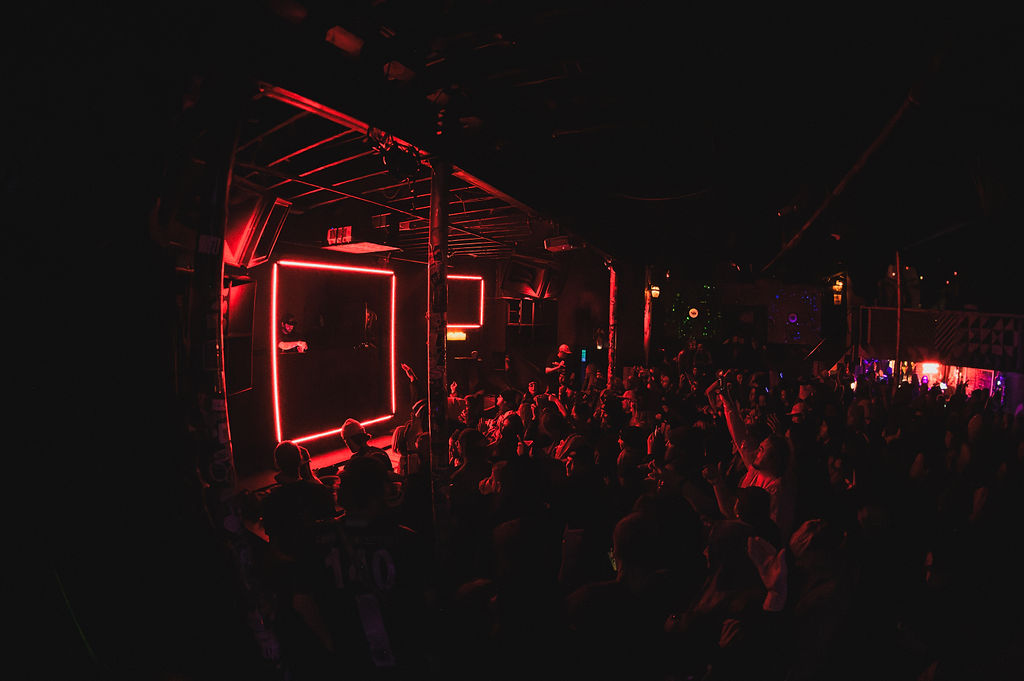
The Black Box is considered by many to be “the home of the underground,” and Ternion Sound definitely has an underground sound and style. As dance music continues to reach new heights and mainstream popularity, I’m curious if you think the expanding mainstream popularity and exposure for electronic music is a good thing for the underground scenes as well?
Jack: This is something I strongly disagree with most of my friends in the industry on, but I don’t think that commercialization is “good” for all underground scenes. But there’s a lot of nuance. I don’t think it’s bad for some people, scenes, etc. — I think it’s helping a lot of people get paid, so there are positives.
But the process of commercialization, at least as it’s unfolded in the past decade, has resulted in the death of a lot of strands of electronic music that weren’t “commercially viable” given the infrastructure and systems in place to commercialize here in the US. In Minneapolis for example, during the 2010s, many independent promoters and club nights were pushed out of venues to make space for “Brostep” nights, pop-EDM acts, Big Room, etc. etc.. The argument has always been that it’ll “trickle down” into the underground scene (Reagan would have loved Trickle Down Exposurenomics lol), but by the time a lot of this stuff took off, those underground scenes were dead and not even around for people to trickle down into.
So many of my favorite DJs, promoters, and producers from the local scene just threw in the towel because they didn’t receive any support, and it wasn’t because of a lack of effort. Many of the fans I know from that era of commercialization also got old and quit going out to shows. Compare that to some other spaces, like our local Techno scene, where things stayed DIY and community oriented, and a great deal of us in our 30s to even 50s still go out regularly, and there’s been a long term and healthy community because of it.
It’s not just for the old farts either, a lot of young people are looking for that kind of community and connection now, likely because of how alienating modern life is, so I think it’s very important to cultivate those spaces.
Denver is known as “the bass capital” of America, and for good reason. The bass and dubstep scene here is unmatched in the states — can you feel that energy when you play here?
Andrew: Absolutely. I always call Denver “Dubstep Hollywood” which is meant in both a good and bad way lol. It’s a privilege to be able to play in a place that cares about bass music so much.
Jack: It’s an interesting question to consider why Denver, a mountain city placed very far away from any other metro areas, became the bass capital of America, but I think it’s because of the dedication and resilience of the community that exists there.
In Minneapolis, I think there’s some mentality of “this is a small midwest town, nothing big or important happens here, so it’s not worth trying” that is pervasive in the community and prevents people from really sticking with things for a long time even when it’s a grind or not succeeding. But Denver dubstep folks seemed to push through a lot of that bullshit that happened in the 2010s to keep it running.
It’s always going to be an uphill battle to keep underground music alive when there’s increasing monopolization of the music economy by entities like Live Nation, and when there’s regrettably so much infighting between independent organizations. But it’s something that needs to be done if we want to have an alternative to the lifeless husk of gentrification that pervades the rest of the music industry.
What three words best describe Denver’s rave scene?
Ternion Sound: Bass, bass, and BASS
FOLLOW TERNION SOUND: SPOTIFY I SOUNDCLOUD I INSTAGRAM I TWITTER I FACEBOOK


